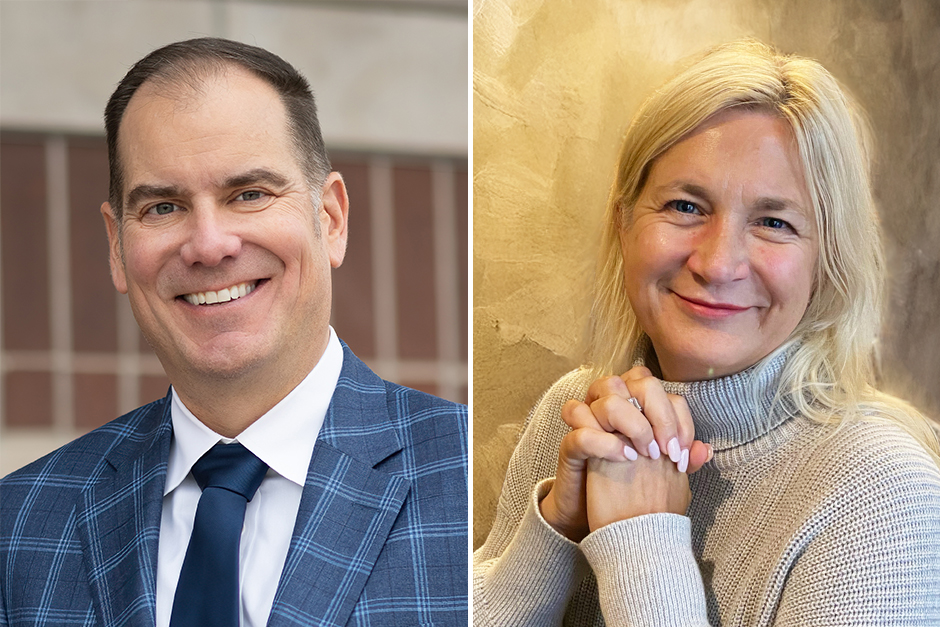Statistics for all, and all for statistics
Professor George’s interests include data science, data analytics, advanced regression, hypothesis testing, and statistics education. He loves solving problems while learning about other fields of study.

I became a statistician and an educator for three primary reasons:
- I loved solving problems. I discovered this early when I was 5-years-old while playing my favorite video game—Donkey Kong Jr. Math. In middle school, I discovered I also really liked working with others and helping others solve problems.
- I enjoy learning about all fields of study, from chemistry to art. Statistics offers methods that I can use to work on and solve problems across many areas. Most fields have a growing need for data analysis and are becoming more data centric.
- Statistics was opportunity—providing research, teaching, and industry opportunities. Today, statistics and data science are both in the top 10 growing job markets in the U.S.
Long story short, I chose statistics because I am an indecisive problem-solver. Now I teach statistics courses to prepare future statisticians and data scientists, and to give other students the statistical analysis skills they need to be successful in fields such as psychology, biology, and political science—a goal and dream come true.
Putting the fun in learning statistics
I have been working with statistics educators around the U.S. on class testing and improving an open source education statistics game and associated activities that emulate real research experience within a classroom. This game makes learning statistics fun and successfully gets students engaged. The Greenhouse game uses Iowa farm data to simulate growing crops and to allow students to investigate factors that contribute to high (or low) yield and profit. Students make initial choices in the game and then use data visualizations and analysis to inform future choices and to achieve greater success. They then tie their results to prior research and summarize their results. In my introductory statistics courses at Cornell, we finish off the activity by having a competition to determine who can make the most profit in one year of growing crops.
Making statistics more accessible
The Greenhouse game and activities is one of many Open Education Resources (OERs) available to learn statistics. I use and contribute to OERs in statistics and data science to make education more cost effective and accessible. Contributing to this ecosystem is a large focus of my efforts beyond the classroom.
Learning statistics by experience
By nature, statistics is interdisciplinary. I spent my first few summers at Cornell working with students on research through Cornell’s Summer Research Institute. One project included creating an interactive dashboard to publicize and display Iowa watershed water analysis. Next, in collaboration with Chemistry Professor Cindy Strong, a statistics student explored historical Iowa pottery data. These two projects represent the interdisciplinary nature of statistics, including professionals from chemistry, archaeology, and statistics.
This story is part of a series on six faculty who offer expertise on the fields they are passionate about teaching.



